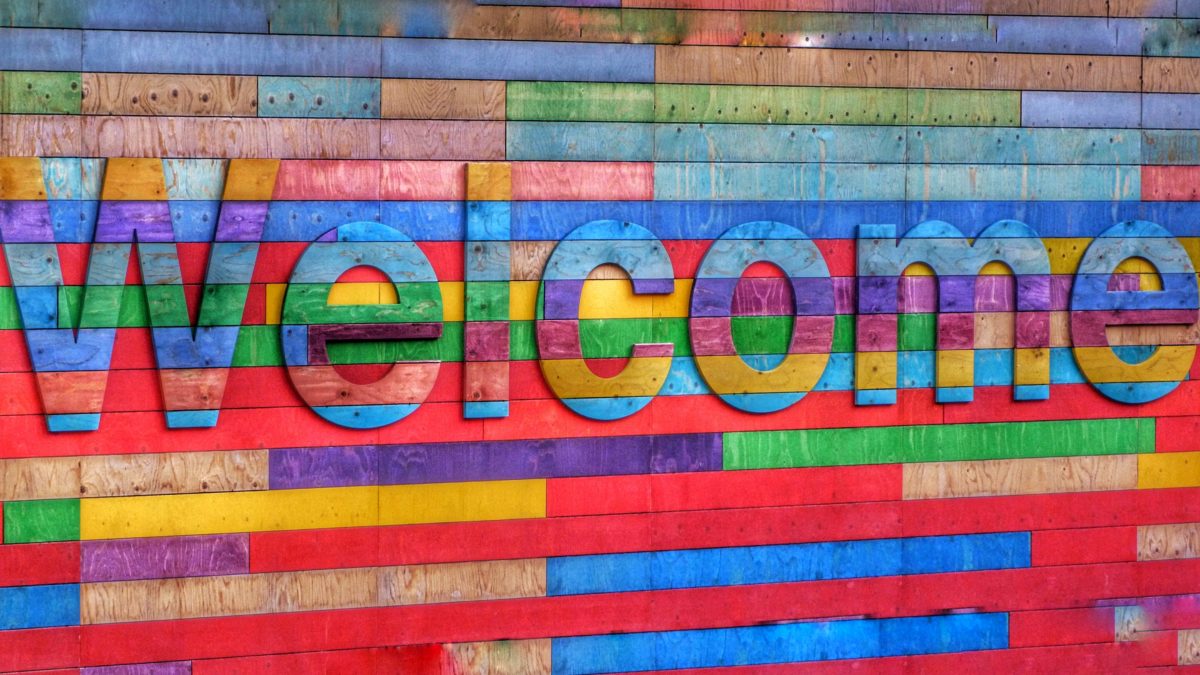Translation and interpretation are not exactly the most action-packed professions but it does not mean that someone who practices these professions or the activity itself is never represented on the silver screen. In this blog entry we will take a look at the most famous examples where translation and/or interpretation is an essential element of the plot.
One of the earliest film representations of interpretation on screen is Charade (1963), where Audrey Hepburn plays a simultaneous interpreter who gets caught up in a murder mystery. The movie is a fun amalgam of a thriller and a screwball comedy, and while interpretation is not a vital element of the movie, in one scene we can see Hepburn’s Reggie working in an interpreter booth – then leaving in a hurry in the middle of a conference!
Stumbling on a conspiracy might be a surprising twist or perhaps the worst nightmare for an interpreter working for an international organisation. That is exactly what happens to Silvia Broom, played by Nicole Kidman in The Interpreter (2005). In this high-tension political thriller Silvia overhears the discussion of a plot to assassinate the leader of an African country and consequently has to run for her life. The movie is not only interesting because it was the first movie filmed inside the UN headquarters in New York, but also because it touches upon the ethical and moral issues an interpreter can face.
Translation activities often entail cultural mediation as well, and movies often highlight this aspect. One of the most famous examples for this trope is Lost in Translation, a bittersweet romantic comedy starring Bill Murray and Scarlet Johansson. The film’s key theme is isolation, which is explored from several aspects, from the culture shock of Japan to the characters’ inability to engage with their lives. In addition, when Bill Murray’s Bob, an aging actor, is on the set to film an advertisement, the Japanese director delivers lengthy but enthusiastic directions in Japanese, but the interpreter only translates the absolutely minimum of information (“Look into the camera!”), because she fears she might offend the actor. The scene, while funny because of its awkwardness, further underlines the overall message of the film.
Spanglish (2004) also deals with intercultural relationships. In this movie, John (Adam Sandler) and Deborah (Téa Leoni) hire the poor Mexican Flor (Paz Vega) as the family’s housekeeper. Since Flor doesn’t speak English, her child Cristina facilitates communication between her and the family.
It is not surprising that sci-fi and fantasy movies also incorporate interpretation and translation as an important element in the plot. In The Mummy (1999), Evelyn Carnahan – played by Rachel Weisz – is an Egyptologist whose ability to understand the ancient Egyptian language both causes and resolves the calamities in the plot. Arrival (2016) is another important movie in this regard. In this film, when aliens visit the Earth a linguist (Amy Adams) is assigned to decipher their language. The movie showcases translation’s linguistic and diplomatic function and importance, while still managing to be an interesting and even fascinating motion picture.
Last but not least, a recent Hungarian film is the latest contribute to this theme. Barnabás Tóth’s short film, Susotázs (2018) chooses two interpreters as protagonists – though the footage actually shows simultaneous interpretation and not chuchotage – both trying to outdo each other in paying compliments to the woman listening to their interpretation. While their practice goes against all the written and unwritten rules of interpretation, the peculiarity of the situation and the twist at the end is a heart-warming experience.
Written by Zsolt Beke


